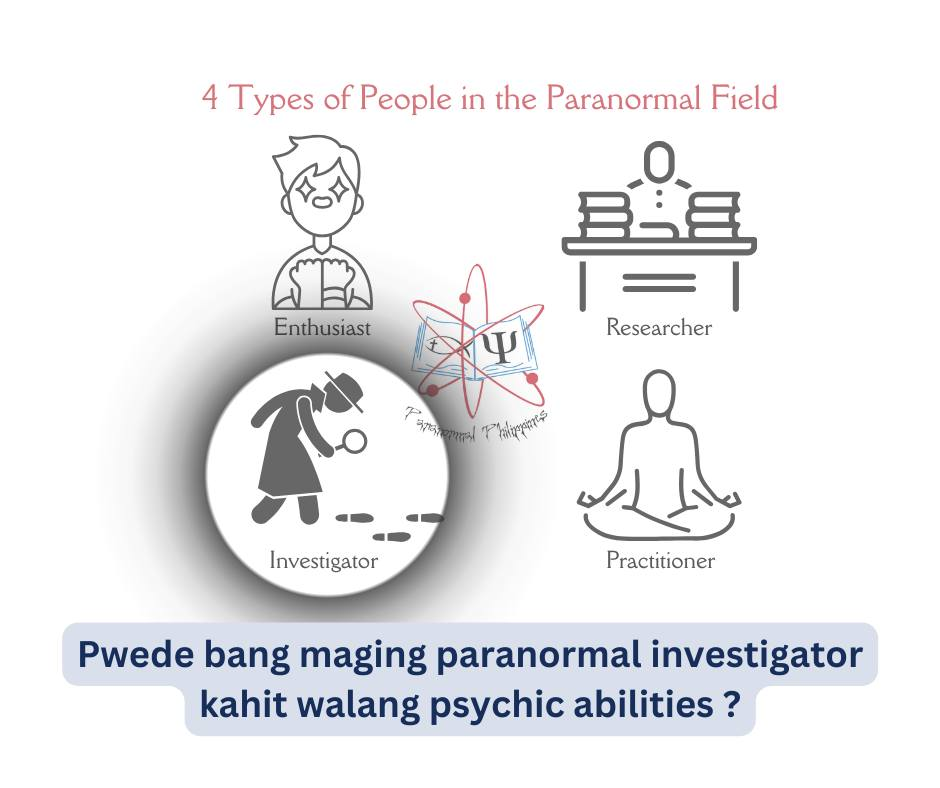The Limits of Knowing: Rethinking Truth-Seeking in the Paranormal
 🏠 |
🧭 |
🏠 |
🧭 |
Paranormal investigation often begins with a simple desire: to understand what’s happening in a place that feels off. Some people come hoping to help a spirit move on. Others come to debunk. Still others just want proof that there’s something more than what we see.
But beneath these different motivations lies a much harder question — one that even the best investigators rarely confront directly:
What does it mean to know the truth about the paranormal?
When Assumptions Shape the Unknown
Every investigator brings a framework, whether they realize it or not. If you believe that ghosts are the souls of the dead, then every knock and whisper can seem like a message. If you believe they’re psychological projections, then every sighting looks like stress or suggestion. Our interpretations don’t just reflect our beliefs — they create the kind of reality we think we’re observing.
This doesn’t make the paranormal imaginary; it just means our lens is part of the equation. The same “haunting” could be a trapped memory, an environmental anomaly, or even a moment of consciousness slipping outside its usual boundaries — depending on who’s looking.
The Problem of Human Limits
Humans are not built to perceive everything. Our eyes see only a sliver of the spectrum, our ears hear only a narrow band of frequencies, and our minds interpret patterns based on survival, not truth. Even with gadgets and meters, we’re still operating inside a cage of perception.
If genuine unknowns exist — forms of energy, consciousness, or interaction beyond the familiar physical model — then our current instruments might be like trying to catch radio waves with a butterfly net. 🦋📡
Building New Fields of Knowledge
History reminds us that new realities require new tools. Before the microscope, disease was blamed on curses. Before the telescope, the heavens were divine mysteries. It took new instruments — and new ways of thinking — to reveal what had been there all along.
Maybe the paranormal is waiting for that same revolution: not just better cameras, but a new way of seeing. A blend of scientific discipline and open-minded exploration — one that respects mystery without surrendering to fantasy.
Toward a Layered Approach to Truth
The most honest truth-seeking stance might be the one that admits how little we know — but keeps looking anyway.
A layered investigator asks:
-
What psychological factors could explain this?
-
What environmental or physical factors might contribute?
-
What social, cultural, or emotional forces are shaping this event?
-
And finally: what if something genuinely new is happening here — something beyond our current models?
When these layers are explored together, truth becomes less about proving ghosts exist and more about understanding the whole experience of the unknown.
In the End
The paranormal isn’t just about chasing shadows — it’s about exploring the limits of knowing. Each investigation is a mirror showing us not only what’s out there, but how we perceive, filter, and interpret reality itself.
Maybe the ultimate mystery isn’t the ghost in the room… but the mind trying to see it. And that is why our search for truth must also pass through the study of consciousness itself.





Comments
Post a Comment